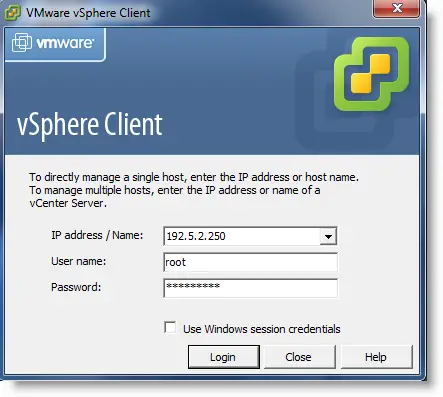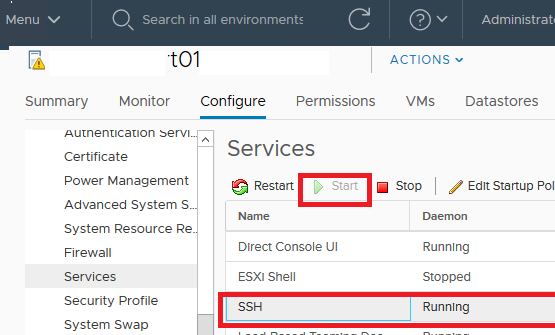


Your vCenter Server should be running vSphere 7.Preparing for Your ESXi 7 Upgradeīefore you upgrade ESXi with Lifecycle Manger, there a few things to remember.

It is what we do after that changes the game.Īfter we get our hosts onto ESXi7, we will use Lifecycle Manager to create a cluster image. To do this, we will be performing an upgrade very similar to how we would in Update Manager. I was always a fan of tying my Baseline to my vSphere cluster to achieve something similar in Update Manager, but this brings things to a whole new level.īefore we begin to realize all of the great features vSphere Lifecycle Manager brings to the table, we have to get to ESXi 7. By tying the ESXi image to the cluster, we can be assured that all hosts are running the same image. We are going to begin to mange ESXi images at the cluster level. VSphere Lifecycle Manager in vSphere 7 is all about simplicity. Upgrade ESXi 6.7 U1, 6.7 U3, and 6.7 U3 to ESXi 7įor earlier ESXi versions, you need to get to one of the versions listed above before you can upgrade to ESXi 7.Here are all of the ESXi versions you can upgrade directly to ESXi 7. While this was easy to do with vSphere Update Manager, it will get even easier with vSphere Lifecycle Manager. One thing we have seen with each and every vSphere release is added features and functionality when it comes to the ability to mange your environment.Ī big part of managing your environment is ESXi patches and upgrades. Great question! While I don’t work for VMware, I have worked with VMware for over a decade. Why The Move to vSphere Lifecycle Manager? vSphere 7’s Lifecycle Manager Transforms ESXi Upgrades.More vSphere Lifecycle Management Features.Remediating Your ESXi Hosts – The ESXi 7 Upgrade.Lifecycle Manager Fails Pre-Check Fails with Nested vSAN.Attaching a vSphere Lifecycle Manager Baseline to a Cluster.Why The Move to vSphere Lifecycle Manager?.


 0 kommentar(er)
0 kommentar(er)
